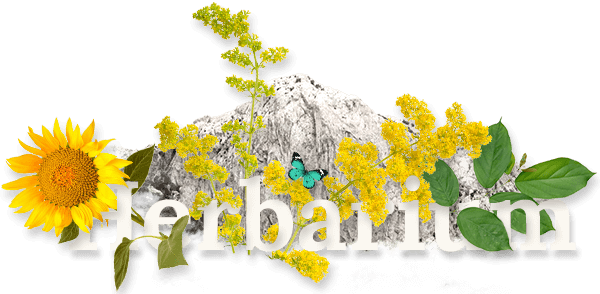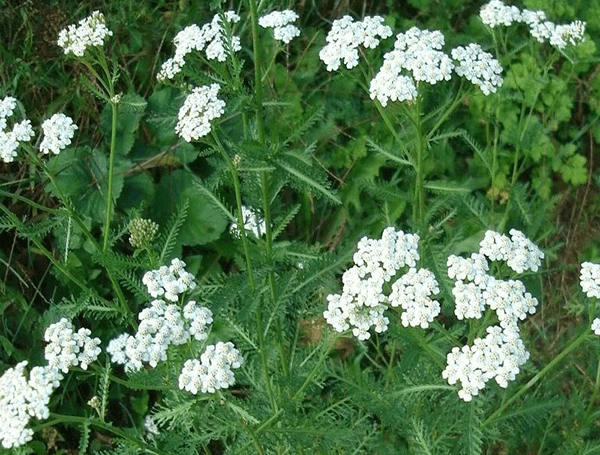Izradu internetske stranice sufinancirala je Europska unija u okviru operativnog programa Konkurentnost i kohezija iz Europskog fonda za regionalni razvoj.
saznajte više

ST JOHNS WORTH
lat. Hypericum perforatum
Other names: Spotted St. John’s wort, hypericum, klamath weed, goat weed, touch-and-heal, rosin rose.
Scroll
Habitat:
St. John’s wort can be found growing in sunny, or partially shaded areas.It prefers the dry, gravelly soil along roadsides. It is easy to grow from seed or root division in spring or autumn in well-drained soils.
Plant Description:
St. John’s wort can grow up to a height of 1 to 3 feet from a branched, woody root system, the stems are round and erect, branching at the leaf axis. The stems are a dark red at the base and covered with dark red dots at the branches. The smooth, light green, oblong leaves are covered with small transparent oil glands that look like holes. The flowers have black rimmed, yellow petals with a center covered by many stamens, giving it a furry appearance. A three-celled capsule containing small, dark brown seeds makes up the fruit of this herb. The flowers bloom from June to September and can be harvested and dried for future use.
Plant Parts Used:
The flowers and the leaves are harvested and used for medicinal purposes.
Pharmaceutical use:
In ancient times, St. John’s wort was used as a sedative and to treat malaria. It was also used as a balm for wounds, burns and insect bites. Today it is used to treat nervous conditions such as depression, anxiety, and some sleep disorders. St. John’s wort is one of the most commonly used herbal remedy for depression. It is a prescribed medicine in Germany and Ireland, but is still available over the counter, as an herbal remedy, in many countries, including the United States. Research has shown support for its effects on mild to moderate depression, but, severe depression (especially with suicidal thoughts) should be treated by a physician. This herb is also reported to have a sedative and pain reducing the effect. It has been used as a remedy for sciatica and rheumatic pain by some. St. John’s wort has been reported to have antiviral and antibacterial properties. Its anti-inflammatory properties make it useful in healing wounds and burns. It has been used in children to control bed-wetting, mild depression, as a topical agent for the relief of pain from skin infections such as dermatitis, and in drops for ear pain associated with an ear infection.
Cautions:
Please be aware that herbs, although natural can interact with certain medications, and that they may be ill advised to use under certain health conditions. Please consult a qualified health practitioner for cautions pertinent to you.
No therapeutic claim is made or intended for AZENA products. Information is for educational purposes only.




